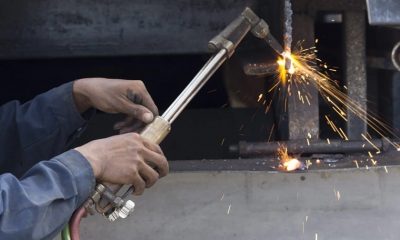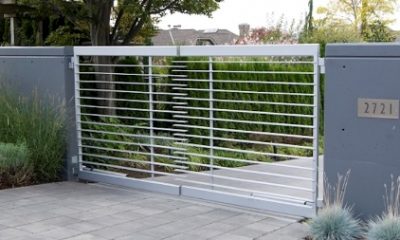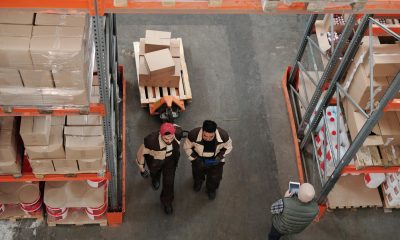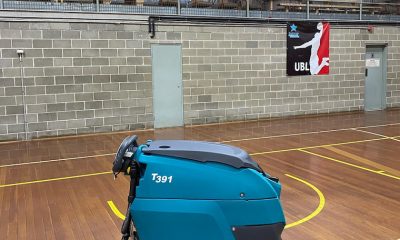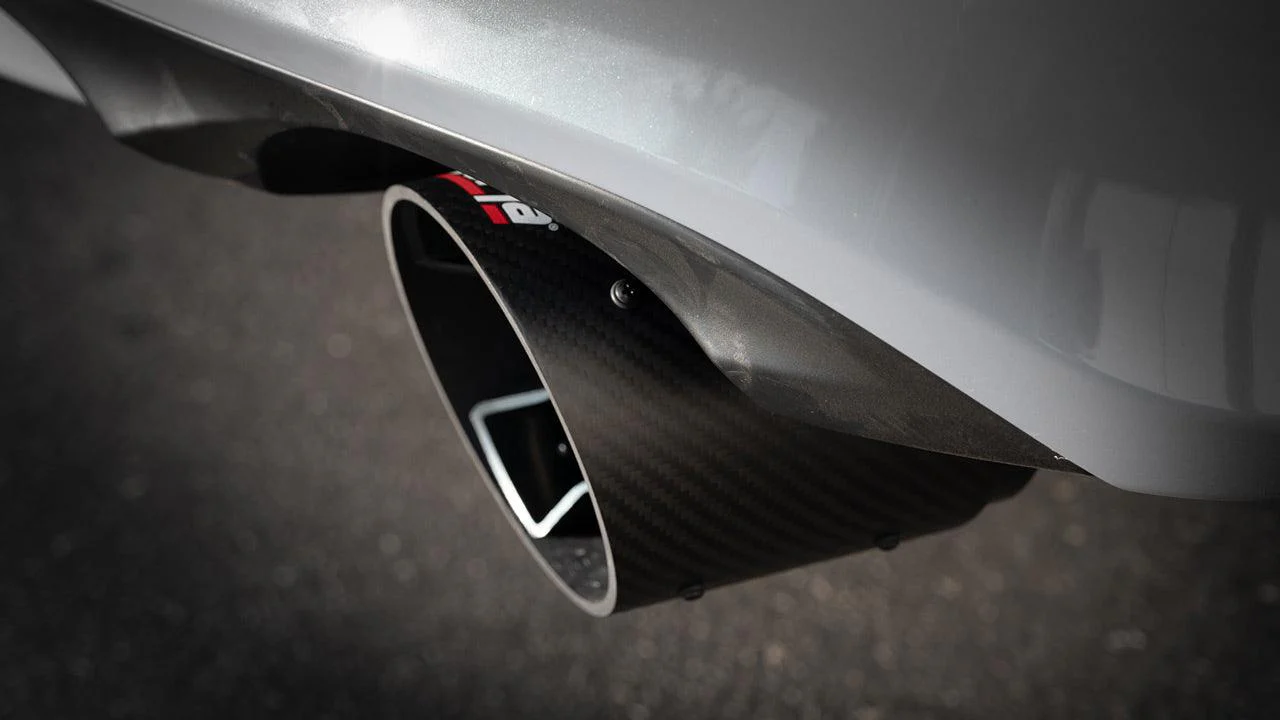Industrial Equipment
Plastic Crates 101: Types, Benefits, and Applications in Various Industries
Plastic crates have become indispensable in various industries due to their versatility, durability, and cost-effectiveness. These crates come in a variety of types, each designed to meet specific needs and offer numerous benefits that contribute to their widespread adoption. Often found in general storage and transport of goods, these products are in high demand in various industries. This article explores the types of plastic crates available, their benefits, and their diverse applications across different industries.
What Are Plastic Crates and How Are They Manufactured?
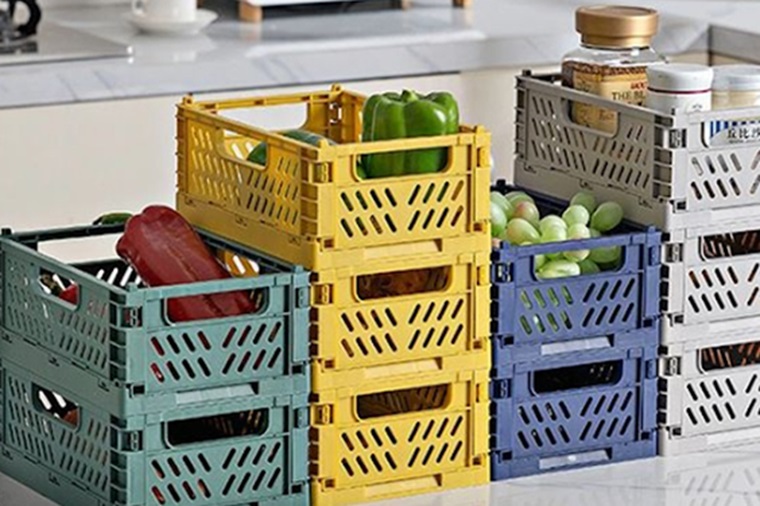
Plastic crates are essentially containers used for transporting and storing goods. They are mostly made of high-density polyethene (HDPE) or polypropylene (PP) through a process called injection moulding. The thermoplastic gives them durability and scratch resistance. Their long life span and high impact strength make them a better choice compared to wooden or carton crates.
Depending on the plastic forming process, the plastic crate can be designed with a variety of specifics that cater to different customer needs. From open or closed configurations to designs with detachable or hinged lids, grid patterns, and varying sizes, having hard-wearing and industry-leading plastic crates increases safety and improves functionality across a variety of industries.
Types of Plastic Crates
The plastic storage crates are available in a variety of shapes, sizes and designs, each of them with distinguished specifications and applications. Here are some different types:
Stackable Crates
Stackable plastic crates are designed to be easily stacked on top of each other, optimizing storage space. They often feature interlocking mechanisms or nesting designs, allowing for efficient use of warehouse and transportation space. When you need to store or transport larger quantities of items, stackable crates are an excellent choice. They are commonly used in industries such as retail distribution, pharmaceuticals, and automotive manufacturing due to their ability to maximize storage capacity and streamline transportation processes.
Nestable Crates
Nestable crates are designed to fit inside each other when empty, reducing the space required for storage and transportation. This design is particularly useful for industries that need to maximize efficiency in both storage and logistics. They can easily be stacked on steel trolleys for further handling, without the risk of potential injuries.
Folding Crates
Folding crates are collapsible, offering the flexibility to save space when not in use. This type is popular in industries where return logistics play a crucial role, as they can be efficiently transported back in a compact form. As such, folding models are commonly used in the food and beverage industry for transporting produce because of their lightweight and portable design. Warehouses can also benefit from them, as they can quickly pack and store them away when not in use, freeing up valuable space for other items.
Ventilated Crates
Ventilated plastic crates have perforations or openings to allow airflow. These are commonly used in industries where proper ventilation is essential, such as agriculture, where fruits and vegetables need to be transported without compromising their freshness.
Benefits of Plastic Crates
- Durability: Plastic crates are known for their durability and resilience. They can withstand rough handling, extreme temperatures, and exposure to various chemicals. This strength and durability ensure a longer lifespan and cost-effectiveness compared to alternative materials. Because of their rigidness, they are suitable for heavier loads.
- Lightweight Design: Plastic crates are extremely light, which means they can be easily handled and transported from one place to another. This characteristic is especially valuable in industries where manual handling is prevalent, reducing the risk of workplace injuries and improving overall efficiency.
- Hygienic and Easy to Clean: Plastic crates are inherently hygienic and easy to clean, making them suitable for industries with strict hygiene requirements, such as food and pharmaceuticals. Their non-porous surface resists the growth of bacteria and moulds, ensuring the integrity of the transported goods.
- Customization: Plastic crates can be easily customized to meet specific industry needs. They come in various sizes, colours, and designs, allowing businesses to tailor them to their unique requirements. It is also possible to have the customer’s or the moulding company’s name imprinted into the finished product.
- Sustainability: Compared to cardboard boxes, which don’t last long, plastic crates are reusable – hundreds or thousands of times. This not only minimises waste significantly but saves you a lot on storage and transport solutions in the long run. The plastic containers can also withstand extreme conditions and moisture without losing structural integrity, thus protecting your goods better.
What Are the Uses of Plastic Crates?
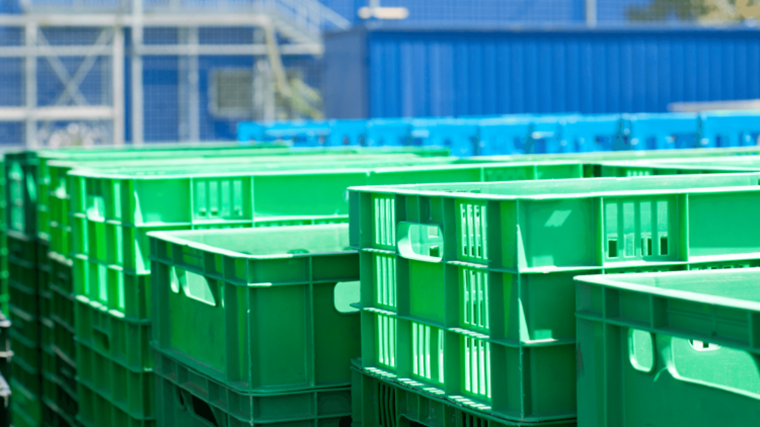
Groceries: One of the major domains that finds the advantages of plastic crates highly beneficial is the grocery industry. From transporting dairy products to fruit and vegetables, and other perishable goods, supermarkets and suppliers utilise crates for safe and efficient transportation.
Agriculture: Plastic crates play a vital role in the agricultural sector for harvesting, storing, and transporting fruits, vegetables, and other perishable goods. Their ventilated design helps maintain the freshness of produce during transportation.
Retail and Distribution: In the retail industry, businesses buy plastic crates because they are widely used for the storage and transportation of goods. Their stackable and nestable designs contribute to efficient inventory management and streamlined logistics. The standardised sizes allow safe and secure stacking, as well as a simple automated storage and retrieval system.
Automotive: Plastic crates are utilized in the automotive industry for the storage and transportation of spare parts. Their durability ensures the safe handling of delicate components, and their stackability optimizes warehouse space.
Textile and Apparel: Textile and apparel manufacturers use plastic crates for the storage and transportation of fabrics, garments, and accessories. The lightweight nature of plastic crates facilitates easy handling in bustling manufacturing environments.
E-commerce and Logistics: With the rise of e-commerce, plastic crates have become essential for the storage and transportation of goods in warehouses and distribution centres. Their stackable and foldable designs enable efficient use of space in storage facilities and delivery trucks.
To Sum Up
Plastic crates have evolved into indispensable tools across various industries, offering a wide range of types and benefits. Their durability, versatility, and cost-effectiveness make them a preferred choice for businesses looking to optimize storage, transportation, and logistics. As industries continue to evolve, the adaptability of crates ensures they will remain crucial components in the supply chain of diverse sectors.
Writing for the blog since 2012, Chris simply loves the idea of providing people with useful info on business, technology, vehicles, industry, sports and travel – all subjects of his interest. Even though he sounds like quite the butch, he’d watch a chick flick occasionally if it makes the wife happy, and he’s a fan of skincare routines though you’d never have him admit that unless you compliment his impeccable skin complexion.

